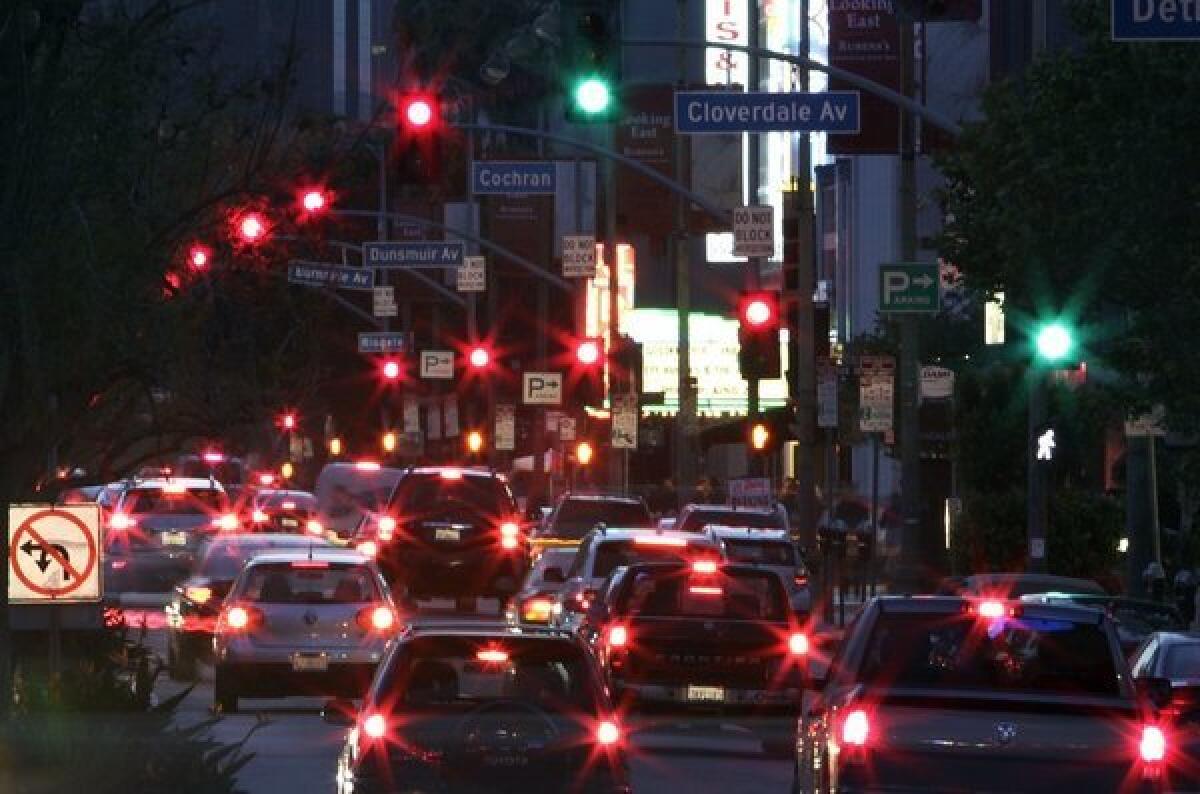LA's Traffic Light Synchronization: Did It Solve the Congestion Crisis?

by AutoExpert | 16 May, 2024
Remember that massive traffic jam in LA a few years back? Yeah, the one that took forever to crawl through, no matter how many times you hit the gas? Well, LA tried to fix that by linking up all their traffic lights, a whopping 4,500 of them! They spent a ton of cash and installed fancy sensors under the roads to track traffic flow. The idea? Lights turn green in a wave, keeping traffic moving smoothly.
So, did it work? Kind of. Traffic did move a little faster, but LA still holds the trophy for the most congested city in the US. What gives?

Traffic Lights Like a One-Way Street
Think of rush hour traffic like a school hallway. Everyone's going the same direction in the morning, and the other way in the afternoon. Easy to keep things flowing with those patterns. But real traffic? Not so much. Jobs and people are spread everywhere now, so there's heavy traffic coming from all directions, jamming up those intersections.

The Green Light Myth: It's About Timing, Not Magic
Imagine a city traffic control center like a conductor for a car orchestra. They use fancy computer systems to predict when a bunch of cars will hit an intersection and turn the light green just in time. Busy streets get more "green time" than quiet ones. But it's not about endless green lights – all the lights on a main road just switch colors together, like a wave. Ideally, the next wave of cars rolls in just as the light turns green again. LA even uses cameras and sensors to adjust the timing on the fly, keeping things as smooth as possible.

The key here is timing. Poorly timed lights can really slow you down. Cities can make a big difference by updating the timing every few years to keep up with changing traffic patterns. Imagine rush hour suddenly becoming half as long – that'd be a win!
The Cost of Keeping Traffic Flowing
But revamping traffic light timing isn't cheap. It takes time and money to analyze each intersection and find the sweet spot. Plus, things get messy when different cities share the same roads. One city might be gung-ho about fixing the lights, while another drags its feet. This can leave you stuck in the middle, literally.
More Than Just Lights: The Rush Hour Puzzle
Traffic lights are just one tool in the fight against congestion. Another biggie? Clearing accidents and breakdowns quickly. Nobody minds a long commute as much as an unpredictable one. That daily 45-minute drive turning into a surprise 1.5-hour nightmare – that's the real stresser. And guess what causes those delays most often? Yep, accidents and stalled cars.

The Double-Edged Sword of Smooth Traffic
Here's a surprising twist: Once traffic improves on a road, people tend to notice! And guess what they do? They hop in their cars and join the party, which eventually leads to…more traffic! It's a bit of a catch-22.
So, while synced traffic lights can help, they're not a silver bullet. Traffic congestion is a complex beast, and it takes a multi-pronged approach to tame it.


















